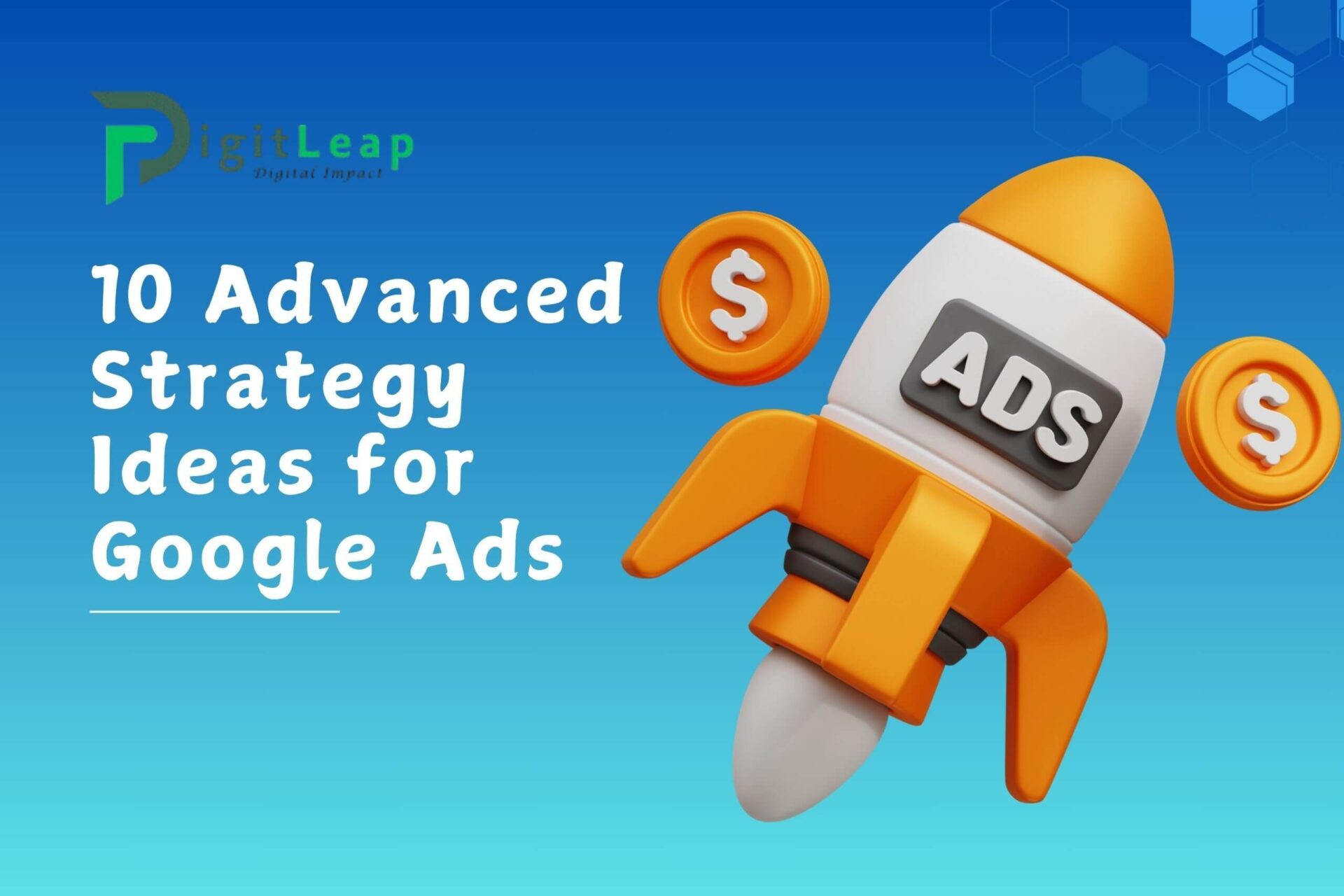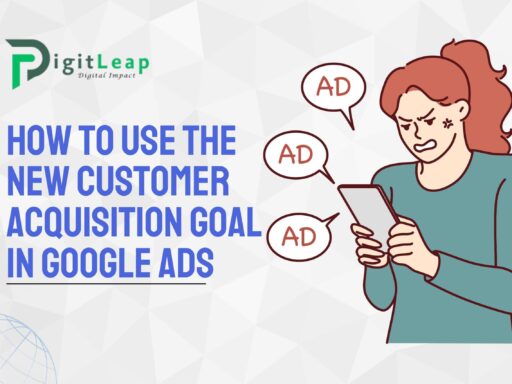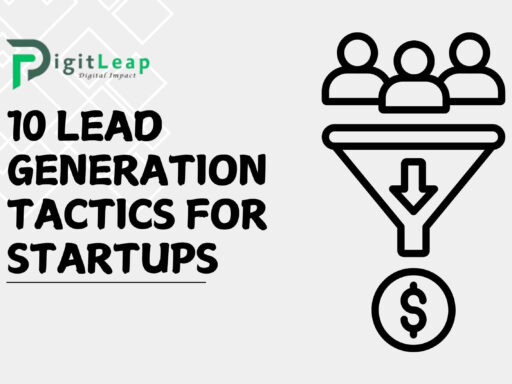Google Ads is a powerful platform, but simply setting up a campaign isn’t enough if you want to dominate your market. As competition rises, advertisers need to adopt advanced strategies that go beyond basic keyword targeting and bidding. These strategies help businesses optimize their ad spend, increase conversion rates, and achieve sustainable growth.
In this article, we’ll explore 10 advanced Google Ads strategies that can take your campaigns to the next level. Whether you’re looking to improve ROI, target better leads, or reduce wasted ad spend, these ideas will give you the edge you need.
1. Use Customer Match for Highly Targeted Campaigns
Google’s Customer Match allows you to upload your customer data (such as email lists) and target those users directly across Google platforms, including Search, Display, and YouTube.
- Why It Works: You’re advertising to people who already know your brand, increasing the chances of conversions.
- Pro Tip: Use Customer Match to target repeat buyers with promotions or upsell campaigns.
2. Leverage Remarketing with Dynamic Ads
Remarketing allows you to re-engage users who have visited your website but didn’t convert. With dynamic remarketing, Google personalizes the ad by showing products the user previously viewed.
- Example: If a user looked at a specific pair of shoes on your website, the ad will display that exact product.
- Pro Tip: Offer limited-time discounts in your remarketing ads to nudge users toward conversion.
3. Implement RLSA (Remarketing Lists for Search Ads)
RLSA allows you to customize your search ads for users who have previously interacted with your site. For example, you can increase your bids or change your ad copy for these users to improve conversion rates.
- Strategy: Use RLSA to target users who abandoned the cart or browsed high-value products.
- Pro Tip: Tailor your message to address objections—such as “Still thinking? Enjoy 10% off your purchase today.”
4. Take Advantage of Geo-Targeting and Local PPC Campaigns
Geo-targeting allows you to show ads in specific regions or locations, which is especially effective for local businesses. You can also set up radius targeting to serve ads within a certain distance from your business.
- Example: A restaurant can target ads within a 5-mile radius during lunch hours to attract local customers.
- Pro Tip: Use location-based ad extensions to display your address and attract walk-in traffic.
5. Utilize SKAGs (Single Keyword Ad Groups)
SKAGs are ad groups that contain only one keyword or closely related variations. This ensures hyper-targeted campaigns and higher relevance scores, improving your quality score and lowering your CPC (Cost-Per-Click).
- Benefit: Since your ad copy matches the user’s search query closely, you’ll see improved CTR and conversions.
- Pro Tip: Monitor SKAG performance regularly to pause underperforming keywords and shift budget toward winners.
6. Use Smart Bidding with Target ROAS and CPA
Smart bidding strategies, such as Target Return on Ad Spend (ROAS) and Target Cost-Per-Acquisition (CPA), use Google’s machine learning to optimize bids in real-time.
- Why It Works: These strategies ensure your bids align with your business goals, reducing waste and maximizing conversions.
- Pro Tip: Monitor performance during the learning phase (the first few weeks) and adjust targets once Google gathers sufficient data.
7. Employ Dayparting for Time-Sensitive Ads
Dayparting (or ad scheduling) allows you to show ads only during specific times or days when your audience is most likely to convert.
- Example: An event planning service might run ads during business hours when users are more likely to inquire.
- Pro Tip: Analyze your Google Ads data to identify peak conversion times and adjust your ad schedule accordingly.
8. Bid on Competitors’ Branded Keywords
Bidding on your competitors’ brand names can help you attract users looking for similar products or services. While this strategy can be expensive, it can drive highly qualified traffic.
- Example: If you sell athletic shoes, you could bid on terms like “Nike shoes” or “Adidas sale” to capture interested buyers.
- Pro Tip: Use ad copy that emphasizes your unique selling proposition to differentiate your offering from the competition.
9. Optimize for Voice Search Queries
With the rise of smart devices, voice searches are becoming more common. Voice queries tend to be longer and more conversational, so targeting them requires a shift in keyword strategy.
- Strategy: Use long-tail keywords and create FAQ-style content that aligns with voice queries (e.g., “Where can I find the best pizza near me?”).
- Pro Tip: Add question-based keywords to your campaigns and optimize ad copy for natural language.
10. Use Responsive Search Ads for Better Performance
Responsive Search Ads (RSAs) allow Google to automatically test multiple headlines and descriptions to find the best-performing combination. This helps improve ad relevance and CTR without the need for manual A/B testing.
- How It Works: You provide several variations of headlines and descriptions, and Google rotates them to match user intent.
- Pro Tip: Regularly review the performance report to identify the most effective headlines and use them in other campaigns.
Conclusion
Running successful Google Ads campaigns requires more than just setting up keywords and ads—it takes strategic planning, ongoing testing, and leveraging advanced tools. By applying these 10 advanced strategies, you can improve ad relevance, reduce wasted spend, and increase your ROI. Whether you’re targeting previous visitors with RLSA, using geo-targeting to attract local customers, or experimenting with smart bidding, these tactics will help you stay ahead of the competition.
At DigitLeap, we’ve seen how advanced strategies can unlock the true potential of Google Ads. If you want to maximize your ad performance, now is the time to embrace these advanced tactics and take your campaigns to the next level.
FAQs
1. Is bidding on competitor keywords legal?
Yes, it’s legal, but be careful not to use your competitor’s trademarked name in your ad copy.
2. How long does it take for smart bidding to optimize campaigns?
It typically takes 2-3 weeks for Google’s machine learning to gather enough data to optimize bids effectively.
3. Should I use SKAGs for all campaigns?
SKAGs work best for high-priority keywords. For broader campaigns, grouping related keywords may be more manageable.
4. How do I know which days or times to schedule ads?
Use Google Ads reports to analyze conversion patterns and identify the times when your ads perform best.
5. Can Customer Match be used on all Google platforms?
Yes, Customer Match works across Search, Display, Gmail, YouTube, and Shopping Ads to create highly targeted campaigns.






